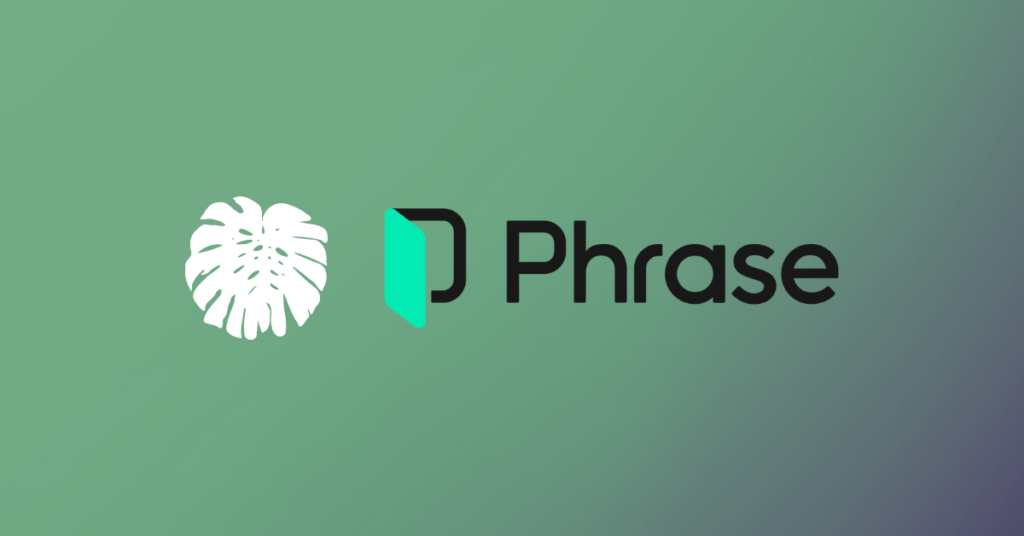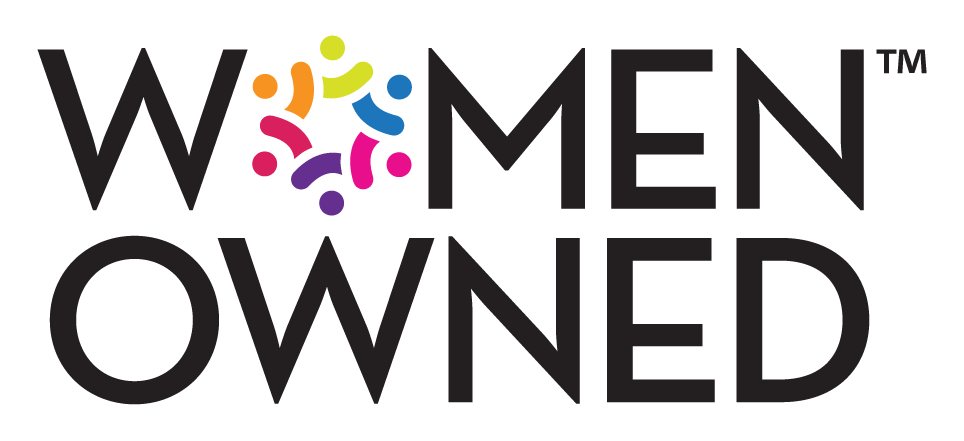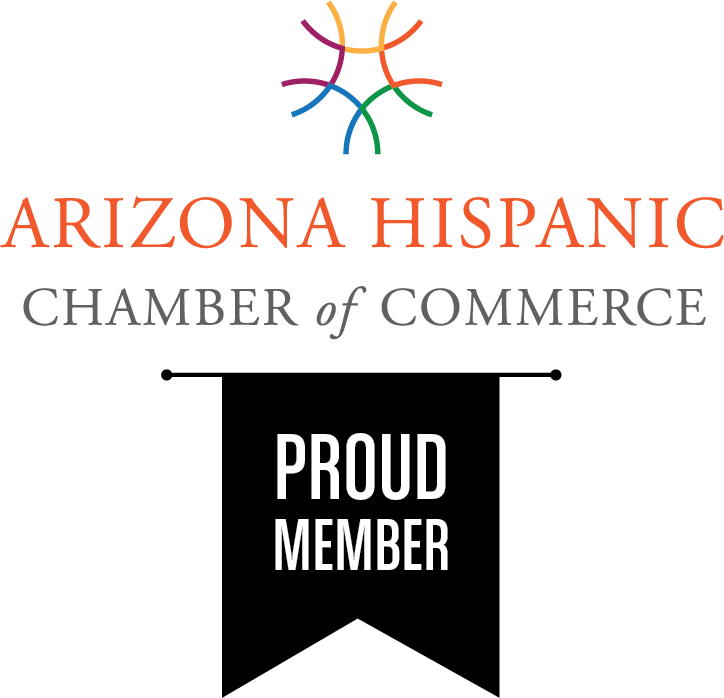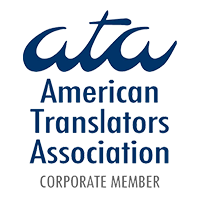The promise (and reality) of AI translation for high-quality marketing content

If you’re a marketing leader charged with reaching audiences who don’t speak English as their first language, you’ve likely wondered whether AI translation could be your next big efficiency win. After all, AI tools are everywhere and seem to promise instant results.
Amid consistent demands for faster turnaround times and lower costs, businesses need to make informed decisions about using the new AI technology for translation, specifically for marketing content.
Our view: there are cases when AI translation is a smart solution and cases when it can put a brand at risk. In this article we’ll explain which content types are a good fit for AI tools and where the technology tends to fall short if used exclusively on its own. We also touch on the hidden cost of getting it wrong, from brand messages that totally miss the mark to campaigns that simply feel off in a new market.
By the end, you’ll know how to balance AI efficiency with human expertise and be able to decide whether your next translation project calls for a quick AI assist, a human expert, or a thoughtful blend of both.
What do we mean by AI translation?
There are 2 primary approaches to AI translation these days: neural MT and LLMs.
The first, neural machine translation or NMT, is a system based on human neural networks that uses large datasets to predict the most likely translation for each phrase. A NMT model is highly customizable for industry or domain. This technology can provide literal and very precise translations.
Large language models (LLMs) for translation are advanced AI systems based on enormous datasets. These models are context-aware and produce more natural, human-sounding translations. They also are better at handling figurative language, idioms, and different tones, but can be expensive due to high computing requirements and can be slower than NMT.
The technology is evolving fast, but understanding what it can (and can’t) do is key to using it wisely.
Three characteristics that mean content is a good fit for AI translation
Not all types of content are equally suitable for fully automated translation. As a general rule, AI translation yields good results for documents with the following qualities:
- Clear text structure. Internal memos, product specs, or FAQs are examples of business information in predictable formats. For example, if your customer support team fields hundreds of simple support tickets a day, LLM can help translate the content instantly to keep the conversation going.
- Informational purpose. Documents written to share factual information typically consist of short sentences with a given structure. Since cultural context isn’t a big factor, minor translation inaccuracies are unlikely to create problems.
- Low emotional nuance. Properly set-up AI translation tools deliver speed and cost efficiency whenever perfect phrasing isn’t essential for communicating a specific message. In addition, the use of LLM frees up human expertise for the messages that focus on persuasion rather than information.
For these three content types, AI translation can be a smart productivity tool that assists teams with moving information quickly and clearly across different languages.
Where AI needs a human touch
Marketing content is a different story. As we discussed in our previous blog post on reaching the U.S. Hispanic market, cultural adaptation is the key to creating effective promotional content in other languages.
Marketing materials can include:
- Ad campaigns and paid media copy
- Website conversion pages
- Email campaigns
- Social media posts or scripts for promotional videos
These are not typically written for the purpose of sharing general information. Instead, they are meant to spark engagement and are crafted to inspire and persuade.
Marketing tools such as wordplay and humor can be challenging to translate, even for experienced linguists. A phrase that sounds clever in English might not land the same way in Spanish or could even have an unintended second meaning. AI translation tools don’t always succeed at capturing humor or intent in a way that feels natural to the audience.
That doesn’t mean AI has no place in marketing translation. The technology simply works best as part of a well-managed process. Skilled linguists routinely use AI tools to identify terminology patterns or speed up consistency checks. Human translators then fine-tune the text to create the voice and cultural nuance it needs to resonate with the target audience.
Marketing leaders need to be aware that AI translation can be a powerful tool, but it’s not a plug-and-play solution. Nor is it a silver bullet. When AI and human expertise work hand in hand, companies can combine efficiency and brand messaging that connects across cultures.
The top three risks of badly translated marketing copy
As we described, AI translation tools can sometimes miss context or meaning which, as we explain below, can cause subtle (or not so subtle) misfires if the content isn’t carefully reviewed by human specialists.
Here are a few examples of common branding risks that may result from using AI translation without review:
- Brand voice drift: AI can flatten tone and style, which turns vibrant, on-brand messaging into generic copy. The same text that sounds confident and distinctive in English can come across as bland, or even off-key, in another language.
- Loss of emotional impact: Marketing content depends on rhythm and careful word choices to resonate with consumers. Since AI often misses the reasons for specific selections, translations can be accurate yet uninspiring. This means your content no longer persuades or influences an audience.
- Eroded trust: People respond to brands that make an effort to speak to them. Your company’s credibility may suffer if consumers get the sense that your messaging was simply machine-translated.
The best way to mitigate these risks is to think of translated marketing content in strategic, not transactional terms. Loss of trust and connection can be expensive; investing in quality translations of your brand’s voice makes the most of your marketing budget and preserves your competitive edge.
Making smart translation choices
To figure out your translation goals for specific content types, it’s helpful to ask a few key questions:
- What’s the purpose of this content? If a document is meant to inform or support users, AI translation (with or without human review) may be enough. If it’s meant to persuade or build emotional connection, human translators should take the lead.
- What’s the potential impact of getting it wrong? For low-stakes content, speed matters more than perfect phrasing. On the other hand, for brand messaging, tone and nuance are non-negotiable.
- How often will this content change? Fast-changing materials can benefit from AI workflows, especially when backed by strong terminology and style guide management and human oversight.
- How high are your volumes? If you’ve got more content than humans can capably handle (or than you can possibly afford), and machine translated content is better than nothing, then an AI workflow can be a good move.
The chart below offers additional guidance for choosing the right translation approach:
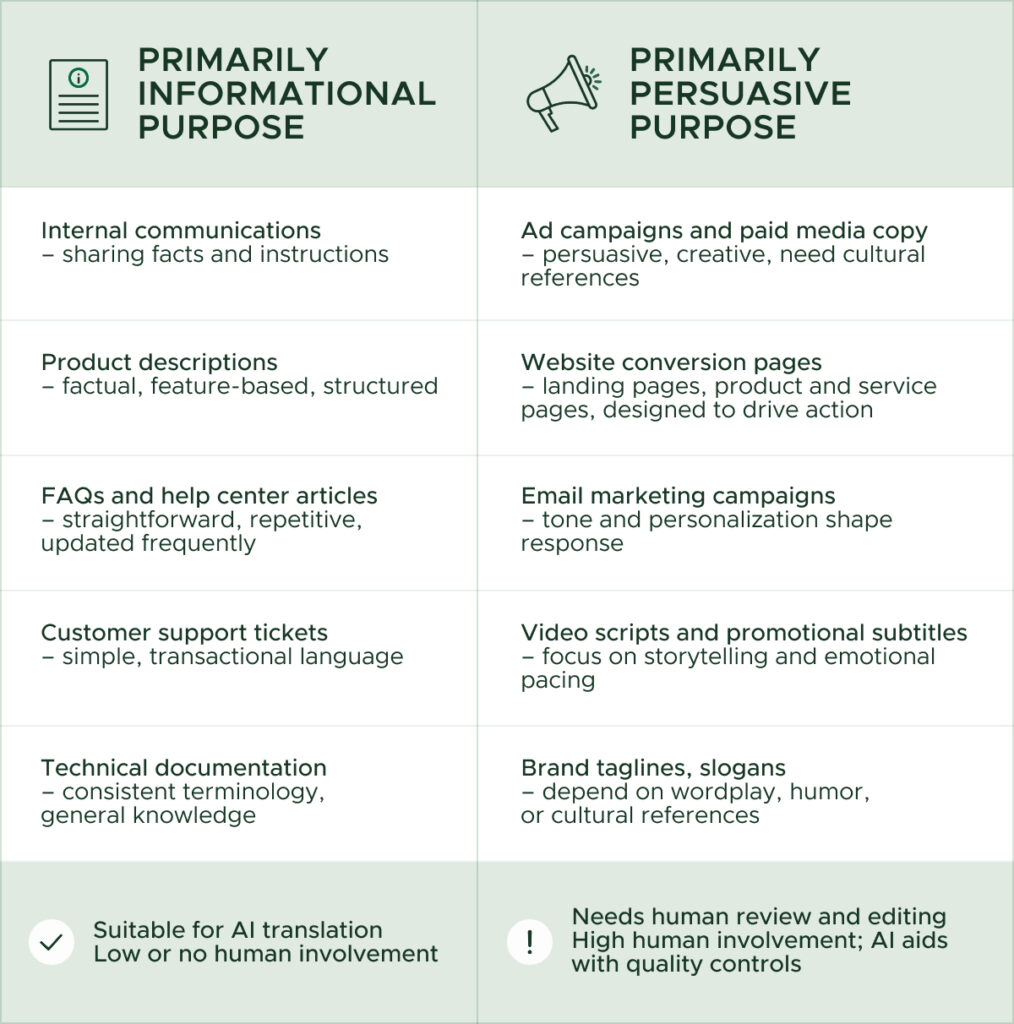
Your 5-step action plan for getting marketing translation right
Here are five steps that will help you take your multilingual marketing to the next level with a strategic approach to human versus AI translation. This approach saves time, protects your brand, and ensures that every message connects authentically across languages.
1. Audit your content needs.
Take stock of your company’s current and future translation needs. Identify all touchpoints where customers encounter your brand, from web pages and product descriptions to emails, ads, and customer support messages. This big-picture view helps you see where speed matters most and where creativity and persuasion are essential.
2. Categorize by type, purpose, and stakes.
Categorize your materials by using the questions and chart above. This can help you determine what content is viable for an AI process, and which should remain with humans.
3. Discuss the question of AI translation internally.
Identify where you might like to pilot or use MT to speed up work or handle higher volumes. Make sure to loop in your IT experts and the marketing team so they can be on the same page about workflows and responsibilities. Reach out to us to talk about what tools you could use and how it could fit into your workflow. (There are many choices out there, from publicly available tools to private platforms.)
4. Create reference materials.
A successful brand message in another language depends on giving translators and reviewers (and machines!) clear instructions. Style guides, sample materials, and brand glossaries help both humans and AI stay consistent with your company’s identity and values. LLMs can be trained on your style and glossaries for better results.
5. Partner with translation experts.
Providers such as The Translation Team use AI strategically for the right kinds of content can help you build efficient, quality-focused workflows. We combine technical know-how with cultural insight, ensuring your campaigns feel authentic and on-brand in every market.
Ready to reach your non-English market in the U.S. with translated marketing content?
The right translation approach can make the difference between a campaign that falls flat and one that drives real results in new markets. While AI translation is a powerful tool for certain content types, marketing success requires the cultural intelligence and strategic thinking that only human expertise can provide.
Get in touch with The Translation Team to help you craft a customized approach for translating your marketing content. We’ll help you figure out the best method for each content type, so you can maximize efficiency without compromising the quality that protects your brand and drives conversions.



